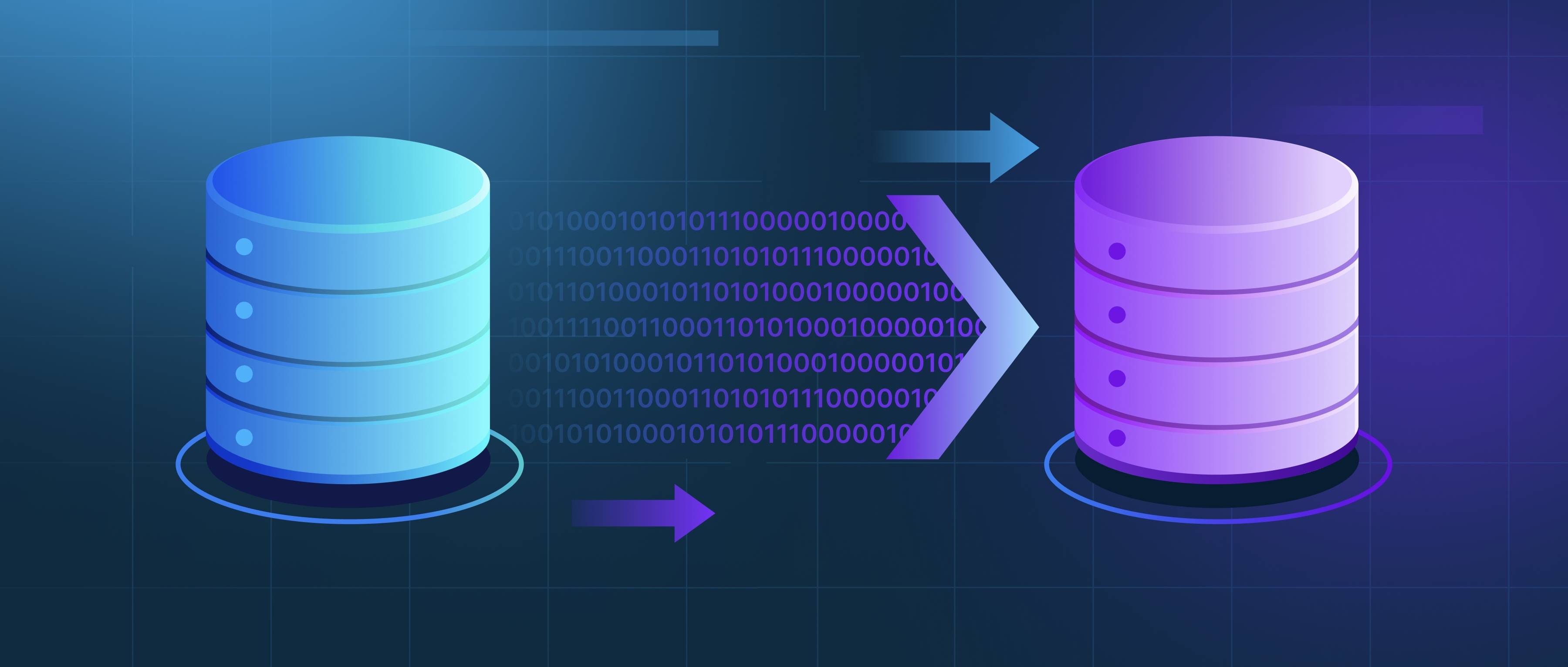Matrix factorization techniques are mathematical methods used to decompose a matrix into two or more simpler matrices. These techniques are particularly useful in applications like collaborative filtering, which powers recommendation systems. The main types of matrix factorization techniques include Singular Value Decomposition (SVD), Non-negative Matrix Factorization (NMF), and Alternating Least Squares (ALS). Each technique has its own strengths and is suited for different scenarios depending on the nature of the data and the specific use case.
Singular Value Decomposition (SVD) is one of the most widely used matrix factorization techniques. It involves decomposing a matrix into three components: U, Σ, and V^T. Here, U represents the left singular vectors, Σ contains singular values, and V^T holds the right singular vectors. SVD helps reduce dimensionality by identifying the most important features in the data. For example, in recommendation systems like those used by Netflix or Amazon, SVD can reveal latent factors that explain user-item interactions, allowing the system to recommend items that users are likely to prefer.
Non-negative Matrix Factorization (NMF) is another technique that restricts the components to be non-negative, which can be beneficial in certain contexts, like image processing or music recommendation, where negative values do not have a meaningful interpretation. NMF works by finding a lower-dimensional representation of the data while maintaining non-negativity, resulting in interpretable features. Alternating Least Squares (ALS), on the other hand, is an optimization-based approach primarily used in collaborative filtering. It alternates between fixing one matrix and solving for the other, making it suitable for large datasets. By choosing the appropriate method based on the data characteristics and requirements, developers can effectively leverage matrix factorization for their specific applications.
